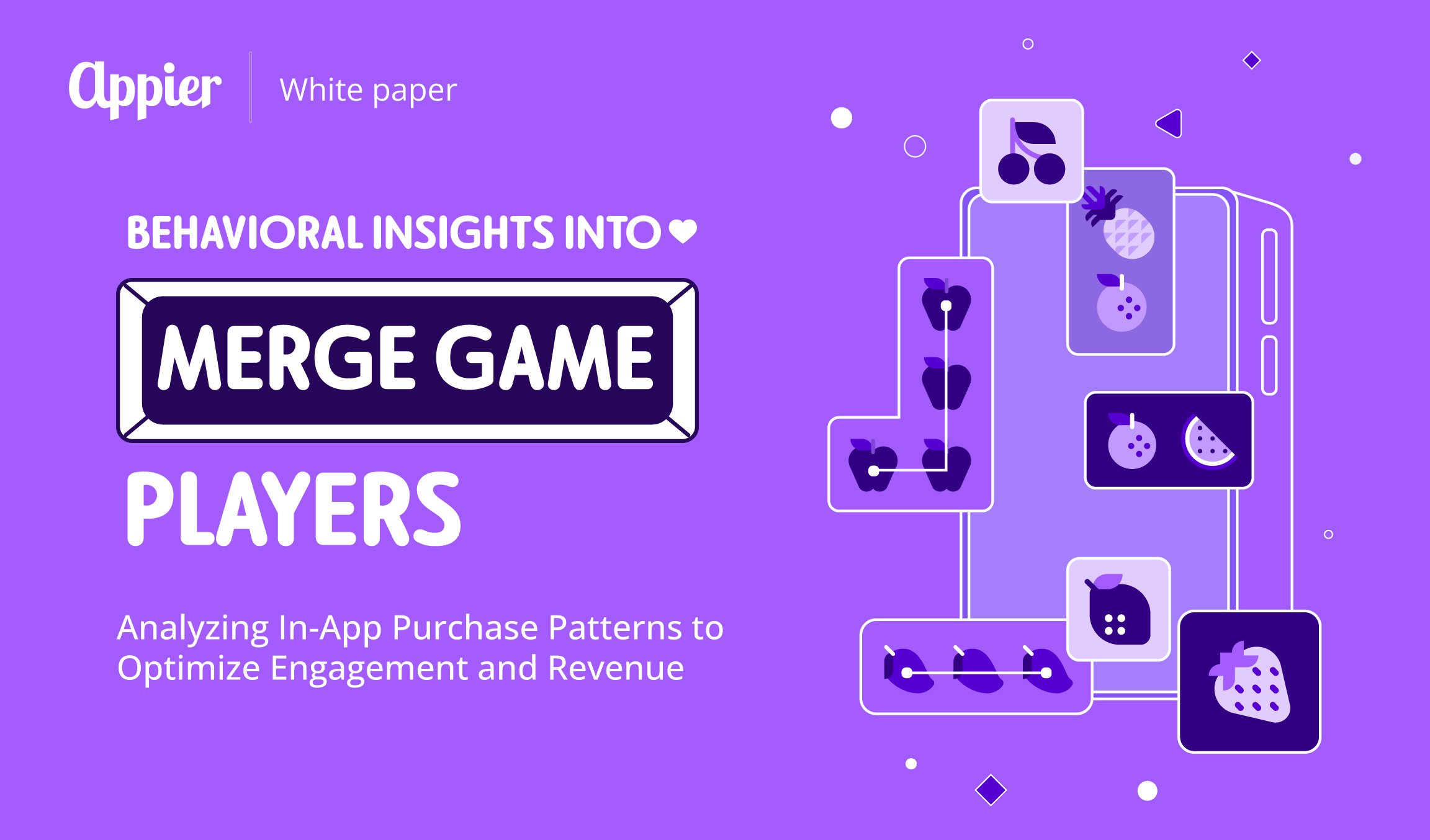7 min read
Performance marketing is not a new concept, but recent events have made it more vital now than ever.
The COVID-19 has taken a toll on a number of industries. While companies around the world are starting to figure their way out to recover in the post-pandemic world, many remain cautious. According to the World Federation of Advertisers (WFA), global ad budgets will be down 36 percent in the first half of 2020, and are expected to drop 31 percent for the whole year.
With a lower budget, you want to make sure every penny counts. Performance marketing allows you to see exactly how each ad dollar is used to ensure it is working as hard as possible. That means more efficient campaigns, with less money wasted.
What Is Performance Marketing?
Performance marketing lets marketers decide on a desired action, and to only pay digital advertising platforms after that action has been completed. These actions can be a click, subscription, sale or download.
There are different types of performance marketing, such as native adverts, which appear on media websites, and mimic the tone and style of the editorial content those platforms usually host. Another type is sponsored advertising, which is even more subtle, taking the form of promotional articles rather than native adverts.
Some performance marketing is woven even deeper into an editorial website’s articles. Like affiliate marketing, which sees an affiliate refer customers to another business and earn commission each time a customer purchases from that business. For example, a newspaper website’s round-up of the best road bikes could include affiliate retailer links for each bike.
Then there are those that take advantage of web-native mediums like social media and search engines. Adverts on social media platforms allow you to easily measure KPIs like click-through rates, cost-per-click and ROI, while identifying the search terms your customers are likely to use will let you place ads next to those keywords.
The Pros and Cons of Performance Marketing
Knowing where your money went is critical when you have a tight budget. One of the biggest advantages of performance marketing is the ability to easily measure your ROI. By analyzing the campaign data, you can quickly see if your ad is working effectively and optimize your ad spend accordingly.
It also eliminates opportunity cost, by letting you estimate the price of a campaign before you implement it. This minimizes risk – and the fewer ineffective campaigns you start and then abandon, the less cost is entailed.
However, as with any marketing strategy, performance marketing has its downsides too. While it unleashes enormous potential through data, many marketers miss these opportunities because they do not know how to turn data into actionable insights. Or if they do, they might lack the necessary tools.
In the meantime, ad fraud continues to be an ongoing challenge for advertisers. A recent study estimated its global cost could reach US$30 billion. Without the right tools to combat it, how do you know your ad is actually reaching authentic users? Not to mention that performance marketing can be costly. Cheaper metrics like pay-per-click and cost-per-lead have a lower chance of conversion – just because a user clicks on your ad does not guarantee they will buy your product. However, quality comes with a price tag. More effective metrics like pay-per-sale always cost more.
How to Make the Most of Performance Marketing
Now you know what performance marketing is and why it is relevant now, here are seven tips on how to use it effectively.
1. Target wisely
To ensure precise targeting, you need to know who will actually take the actions you desired. But how?
This is where you can use predictive machine learning (ML) to help you target customers who are most likely to convert. An ML model with multiple layers can sift through proprietary data to find out which audience and publisher will generate the right ROI, making your ad spend more efficient.
However, that is only the first step. Once the audience clicks on your ad, ML will further predict which user profile will generate subsequent app downloads, site visits, purchases and other in-app or in-web activities. Once they have visited your site or downloaded an app, that data can be used to predict which users will make final purchases or exhibit other deeper engagement behaviors, like signing up to email newsletters.
All this behavioral data is then fed back to further train each model, so the system is constantly learning and improving to ensure all the models can be directed to find customers who will generate the maximum ROI.
2. Leverage user interests
Knowing your audience’s broader interests will help you create more compelling marketing content. This is especially important in e-commerce, where the ability to cross-sell across additional product categories will bring customers to your website with purchase intent in your high-margin vertical.
So how do you do this? By analyzing combined first- and third-party data using AI, you can determine the topics and keywords of interest to your customers based on their behavior outside of your own channels.
For example, if Cindy regularly buys clothes from your site, but you know that she is also interested in camping, you could leverage this information to place adverts on camping websites, or bid to place your ads next to keywords related to that topic.
You can also use this data to discover lookalikes of your site’s loyal customers like Cindy, and engage them by appealing to their core interests in the same way. x
3. Retarget
Analyzing customer data can surface those who visited your site without making a purchase, allowing you to retarget them with personalized adverts on other sites. If John looks at a jacket but does not buy it, you can serve him with adverts for the same jacket once he has left your site, for example.
4. Nail cross-screen targeting
Customers rarely use just one device. By targeting them across multiple devices, you can make sure you target them on the right device, and adapt your marketing messages to suit the different touchpoints.
However, it is often challenging for marketers to identify multiple devices with the same owner. So how can you tackle that? By leveraging AI, you can analyze user data from different sources and develop a single customer view to discover different devices owned by the same user.
French hypermarket chain Carrefour used Appier’s CrossX Advertising solution to deliver cross-screen marketing when it launched its online store in Taiwan. It identified the devices used by the same customers to deliver customized product recommendations. This increased both online purchases and revenue by 25 percent month on month.
5. Avoid ad fatigue
Frequency capping is a practice of determining how many times an audience should see your advert: too few and they may not notice it, but too many and they may be annoyed by it.
While developing a single customer view can help you with more precise targeting, AI can also measure a more accurate number of impressions to define how much exposure to the ad is optimal.
In addition, you can use AI to determine the best bidding price once the number of impressions changes, and predict optimal capping with the highest click-through rate.
6. Minimize ad fraud
Ad fraud is more sophisticated than ever, so marketers need to leverage technology that can keep pace with today’s ad fraud techniques. That means going beyond simple, fixed rule-based criteria, towards AI-powered solutions that are capable of learning new fraud patterns and refining the rules on their own.
The fraudsters might become more adept at mimicking human behavior, but an AI algorithm will spot fraudulent activities that are not evident to the human eye.
7. Time it right
In advertising – as in comedy – timing is everything. By knowing at what time of day your ads get the highest click-through rates, you can buy those times with bid multipliers, increasing the chance of converting leads into paying customers.
Performance marketing will help you monitor your ad spend more closely, and reassign it accordingly. Used correctly, with the right knowhow and tools to unlock the data, it can provide your business with some stability during these uncertain times.
* Want to know more about how you can leverage AI and data to excel performance marketing? We are here to help! Get in touch with our team today for an exclusive consultation.



